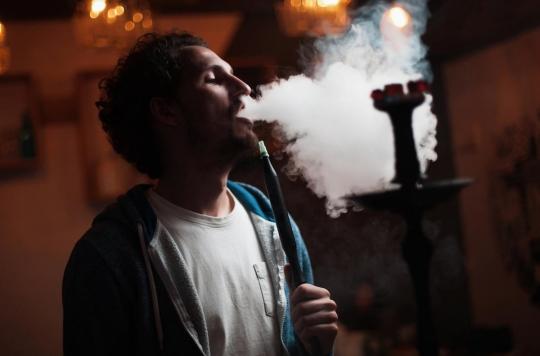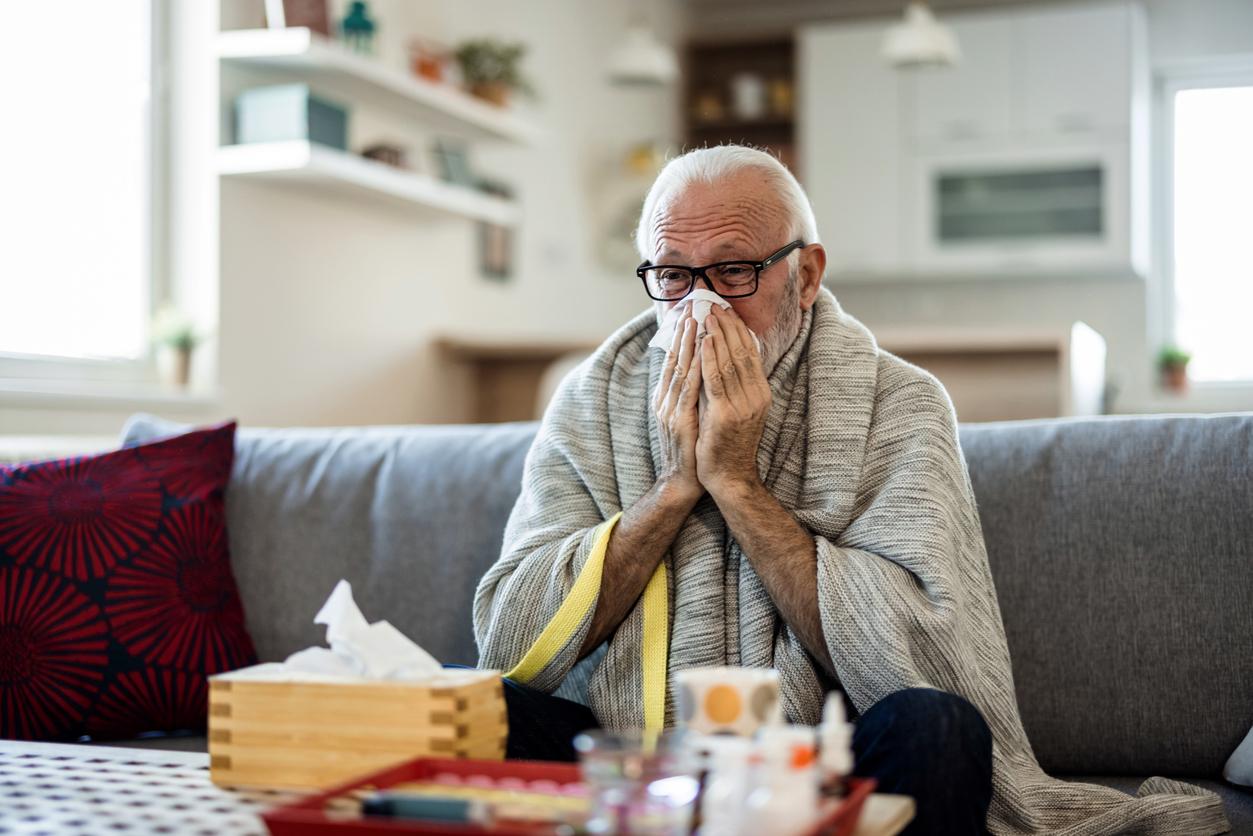It’s becoming more and more fashionable, and yet: smoking shisha (or hookah) can damage the heart and blood vessels.

Smoking shisha (or hookah) can damage the heart and blood vessels, warns the American Heart Association in a statement signed by several experts. “The smoke from hookahs contains harmful substances and the American Heart Association strongly recommends avoiding the use of tobacco in any form,” said Aruni Bhatnagar, professor of medicine and spokesperson for the group.
Acrolein, lead, cadmium, arsenic
While the number of shisha bars is exploding in France as in the United States, “many young people mistakenly believe that smoking tobacco from a shisha is less harmful than smoking a cigarette because the tobacco is filtered in water, but there is no scientific evidence to support this claim. There is, however, evidence that hookah is addictive and can lead to smoking,” he continues.
In addition to carbon monoxide, shisha smoke contains other potentially harmful chemicals that can affect the cardiovascular system, including nicotine, air pollutants, volatile organic compounds, polycyclic aromatic hydrocarbons, acrolein, lead , cadmium and arsenic.
Users are mostly men
“There is increasing evidence that shisha affects heart rate, blood pressure regulation, tissue oxygenation and short-term vascular function,” further explain members of the American Heart Association. Shisha also increases the risk of diabetes, obesity and lung cancer.
A recent survey established that in France, users are mainly men (87%). More than half smoke more than once a week, almost always in the evening (85%), and especially at weekends (70%). In more than half of the cases, the inhalation lasts from 40 to 60 minutes.
“Adults aged 18-75 are 6% who say they smoke shisha (or hookah), the vast majority smoking it occasionally. This use has been growing in recent years among adolescents. In 2014, two adolescents aged 17 out of three had already experienced it (65%), including 40% who used it more than ten times, i.e. a quarter of 17-year-old adolescents”, completes the observatory of drugs and drug addiction.

.















